By the Numbers
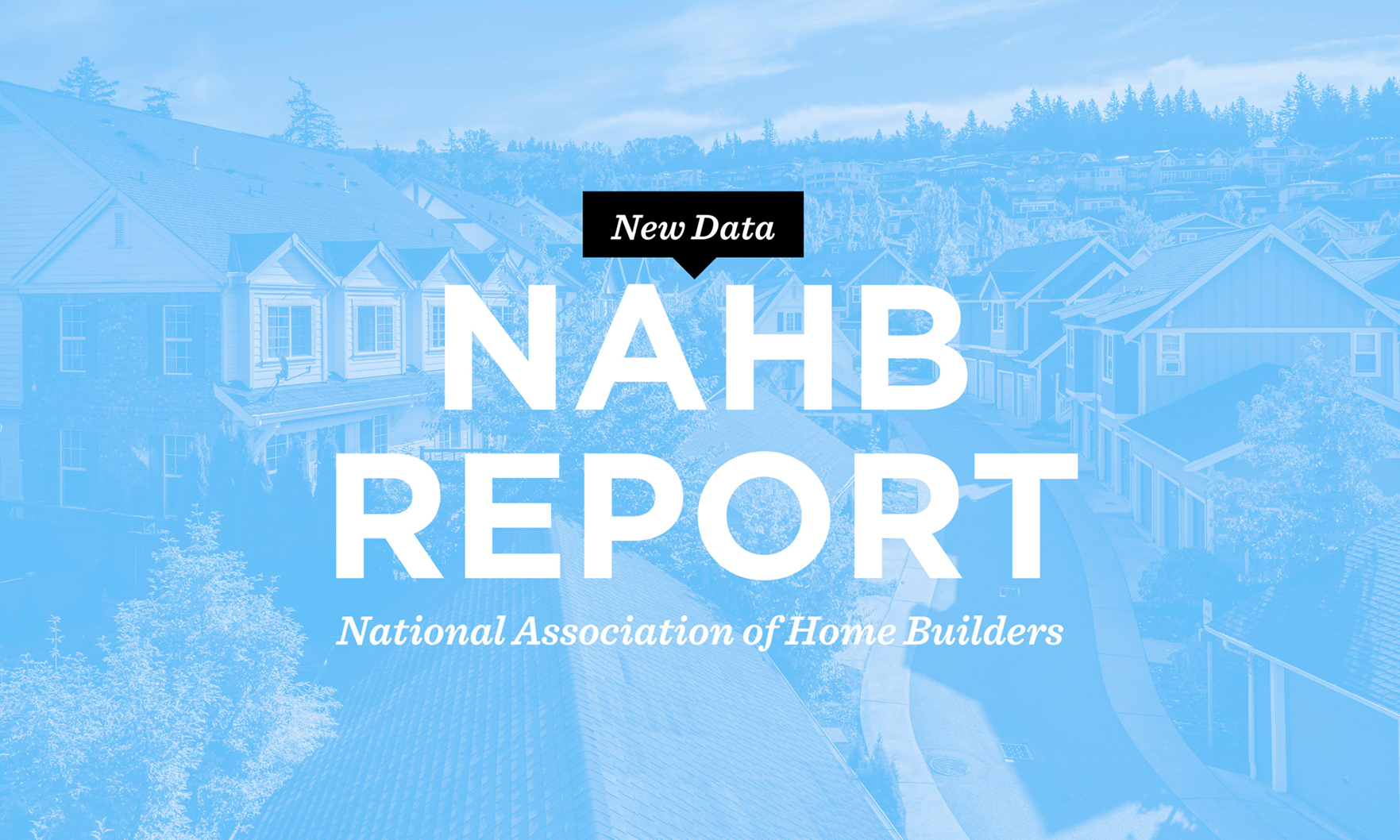
“While 2021 single-family starts are expected to end the year 24% higher than the pre-Covid 2019 level, we expect higher interest rates in 2022 will put a damper on housing affordability.” — NAHB chief economist Robert Dietz

Millennials are at the greatest risk of becoming house-rich and cash-poor as the generation is spending the highest percentage of their monthly income on homeownership costs compared to other generations, according to a new Hometap report.

The decline in mortgage rates prompted an uptick in refinancing, with government refinances increasing more than 20% over the week, MBA associate vice president of economic and industry forecasting Joel Kan said in a press release.
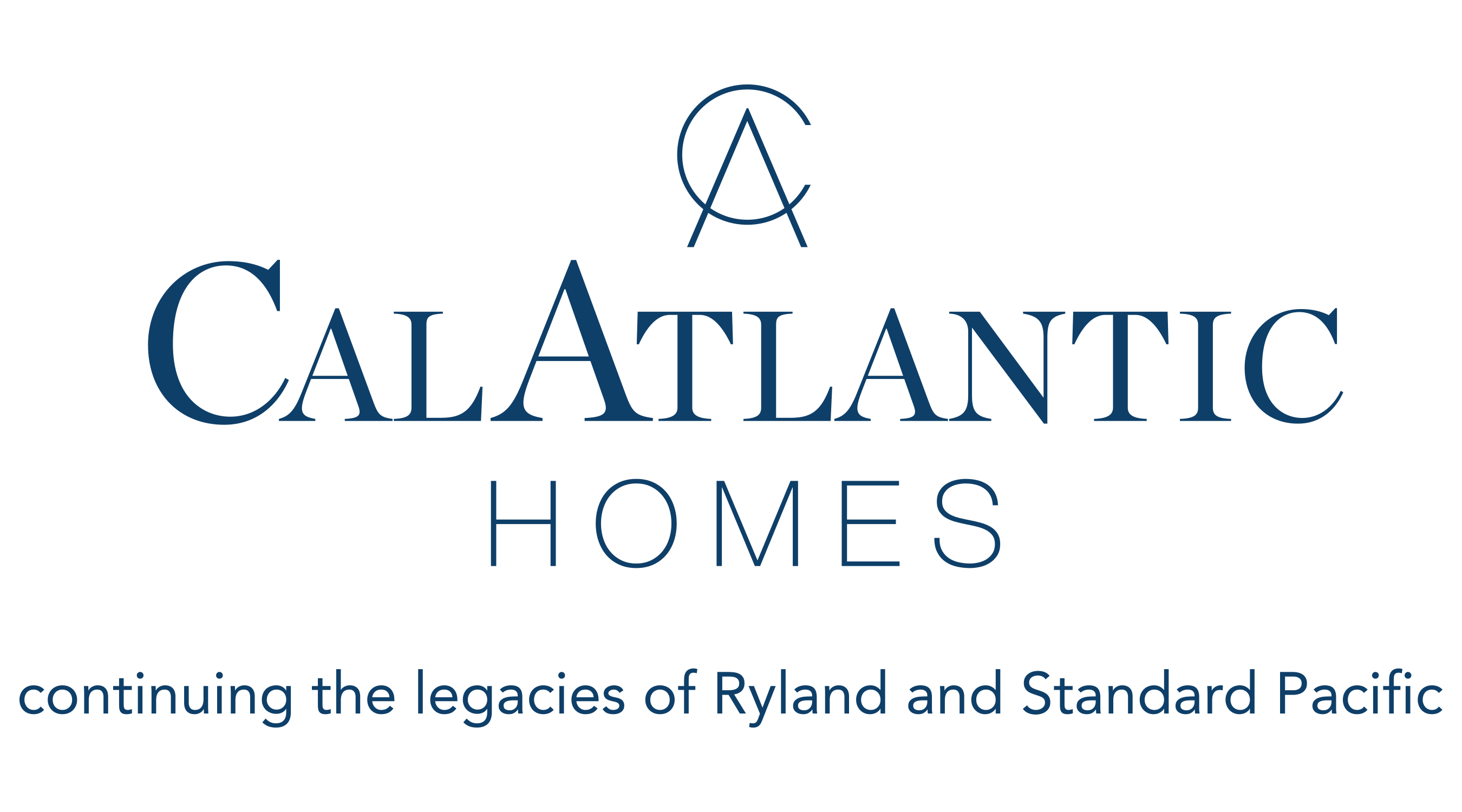
As more money is being spent on real estate than ever before, the booming market is on pace to shatter records this year, according to a recent CoreLogic report.
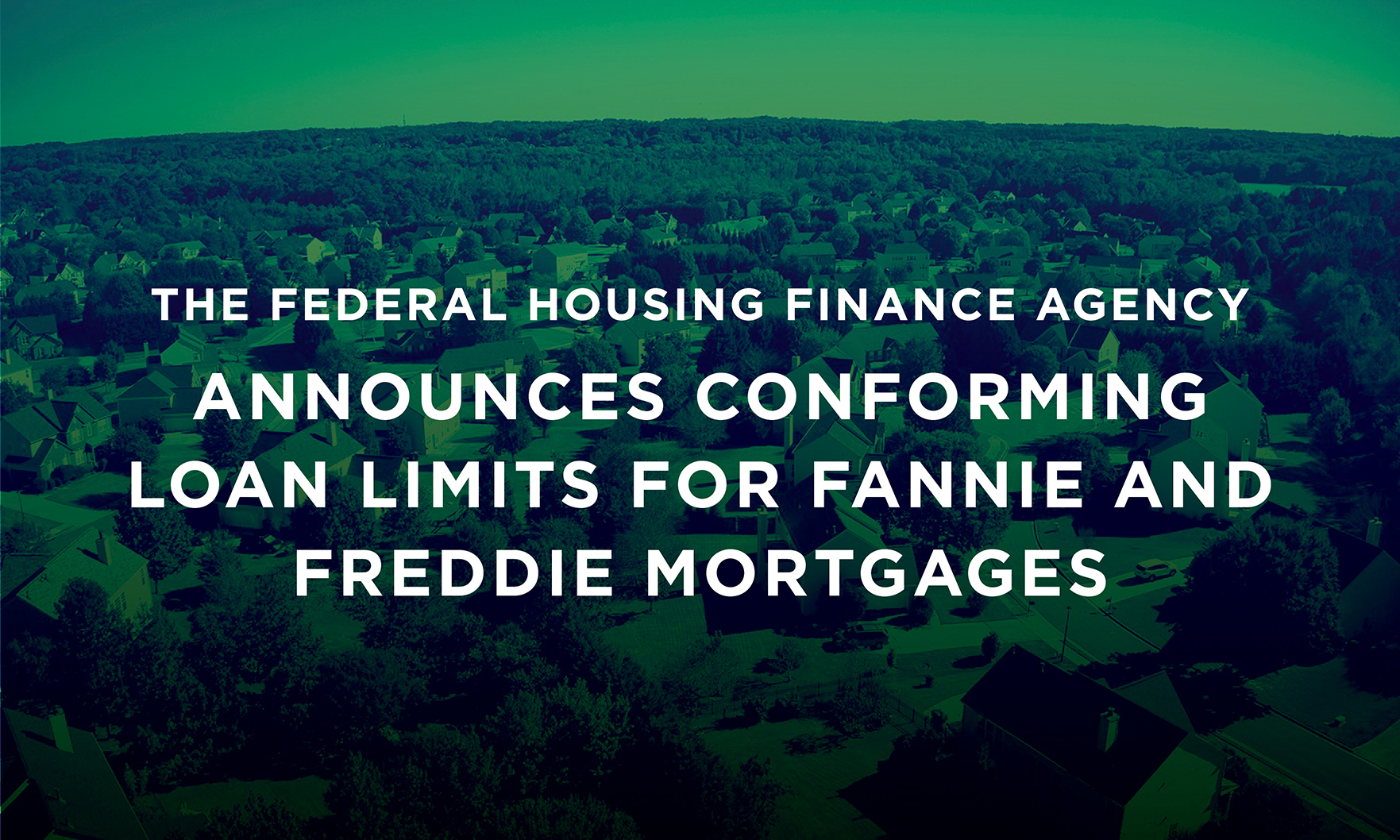
The Federal Housing Finance Agency (FHFA) recently announced its 2022 conforming loan limits (CLL) for conventional loans acquired by Fannie Mae and Freddie Mac.

“Despite higher mortgage rates, purchase applications had a strong week, mostly driven by a 6% increase in conventional loan applications.” — MBA associate vice president of economic and industry forecasting Joel Kan

Investors across the country are looking to cash in on skyrocketing house prices and rents, putting them in competition with new buyers trying to work their way to homeownership. Real estate investors bought a record 18% of the homes sold in the third quarter, according to a new Redfin report.

As home prices continue increasing, some areas in Chicagoland have seen especially significant appreciation — particularly in the suburbs.
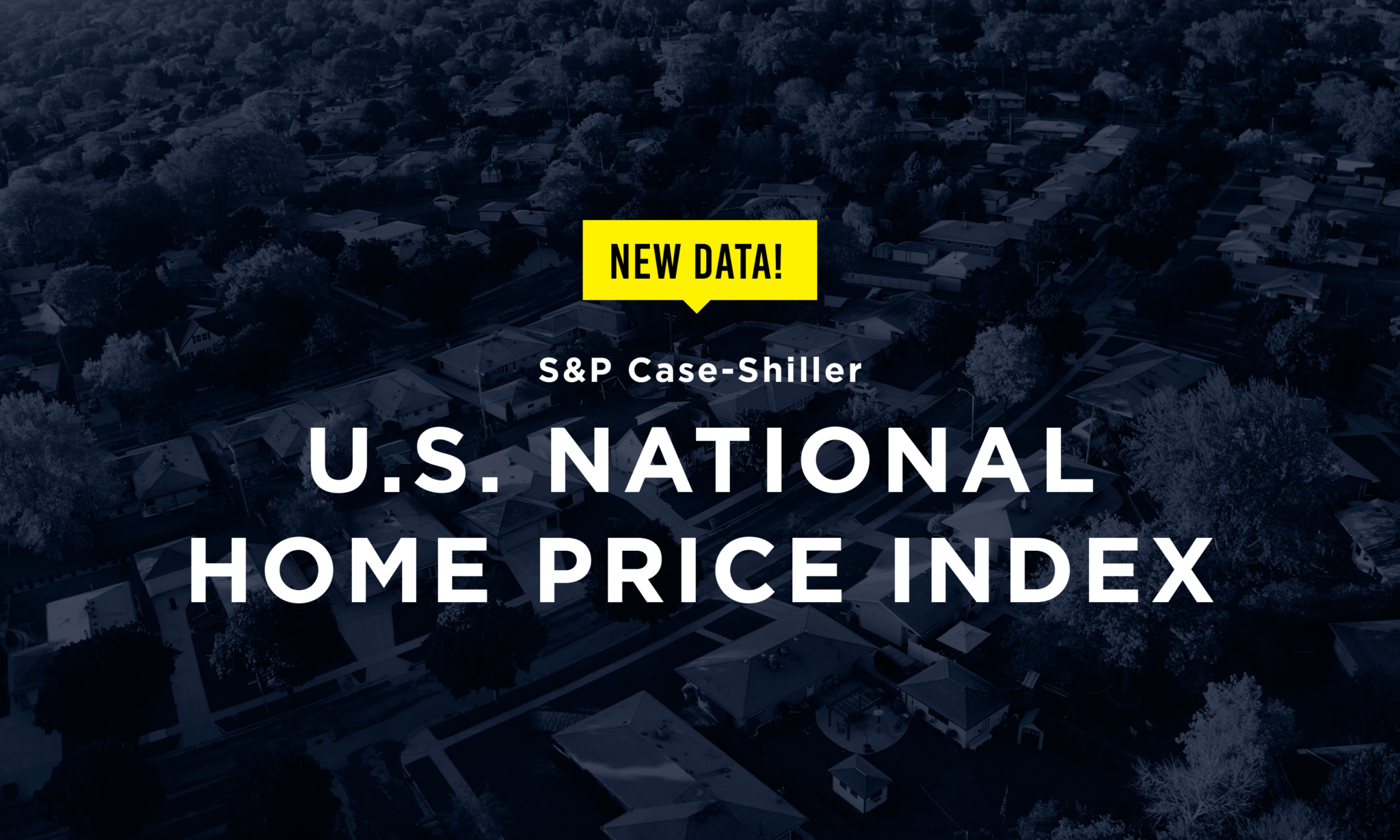
“If I had to choose only one word to describe September 2021’s housing price data, the word would be ‘deceleration. Housing prices continued to show remarkable strength in September, though the pace of price increases declined slightly.” — S&P DJI managing director Craig Lazzara.
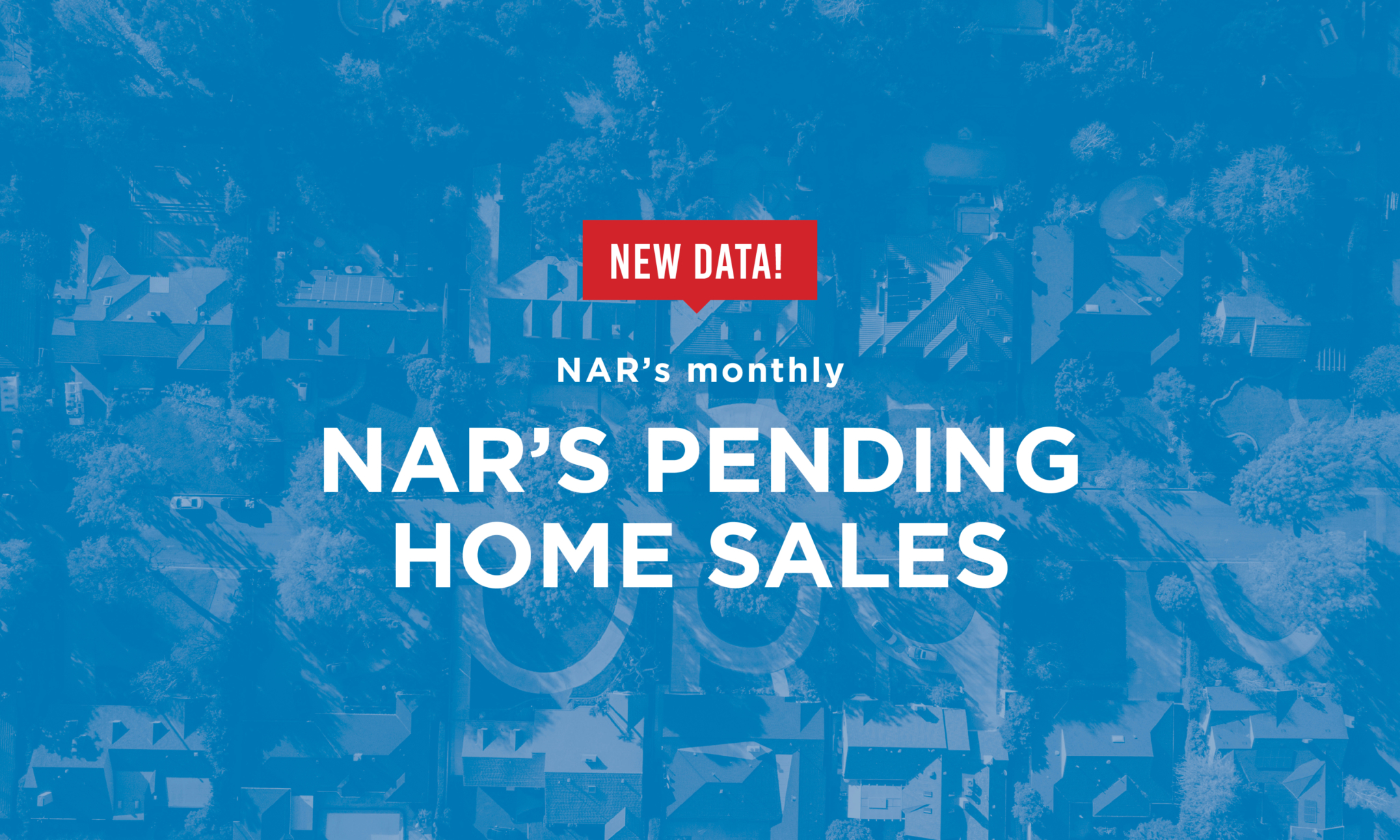
“Motivated by fast-rising rents and the anticipated increase in mortgage rates, consumers that are on strong financial footing are signing contracts to purchase a home sooner rather than later.” — NAR chief economist Lawrence Yun
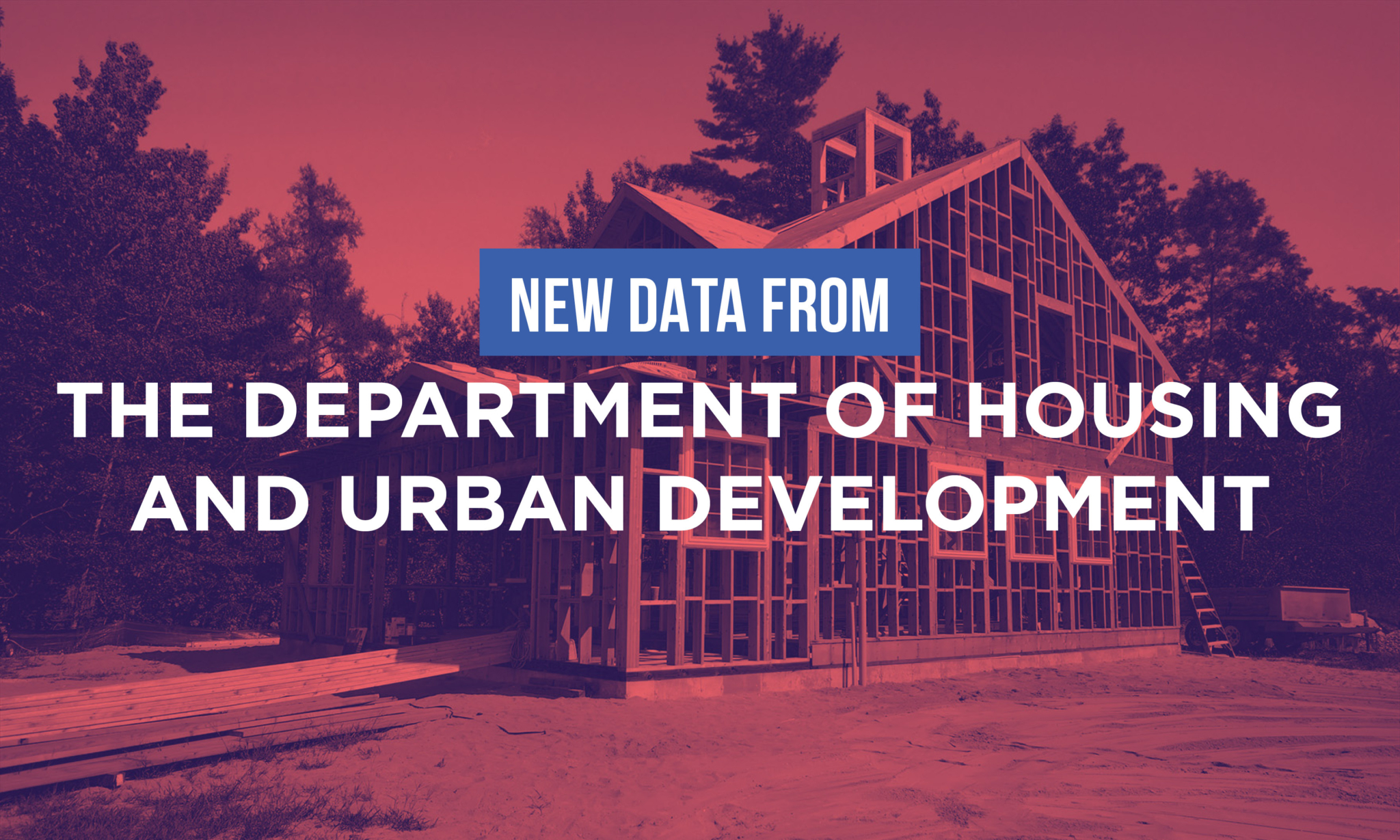
The seasonally adjusted estimate of new houses for sale at the end of September was 389,000, representing a supply of 6.3 months at the current sales rate, the U.S. Census Bureau and the U.S. Department of Housing and Urban Development reported.
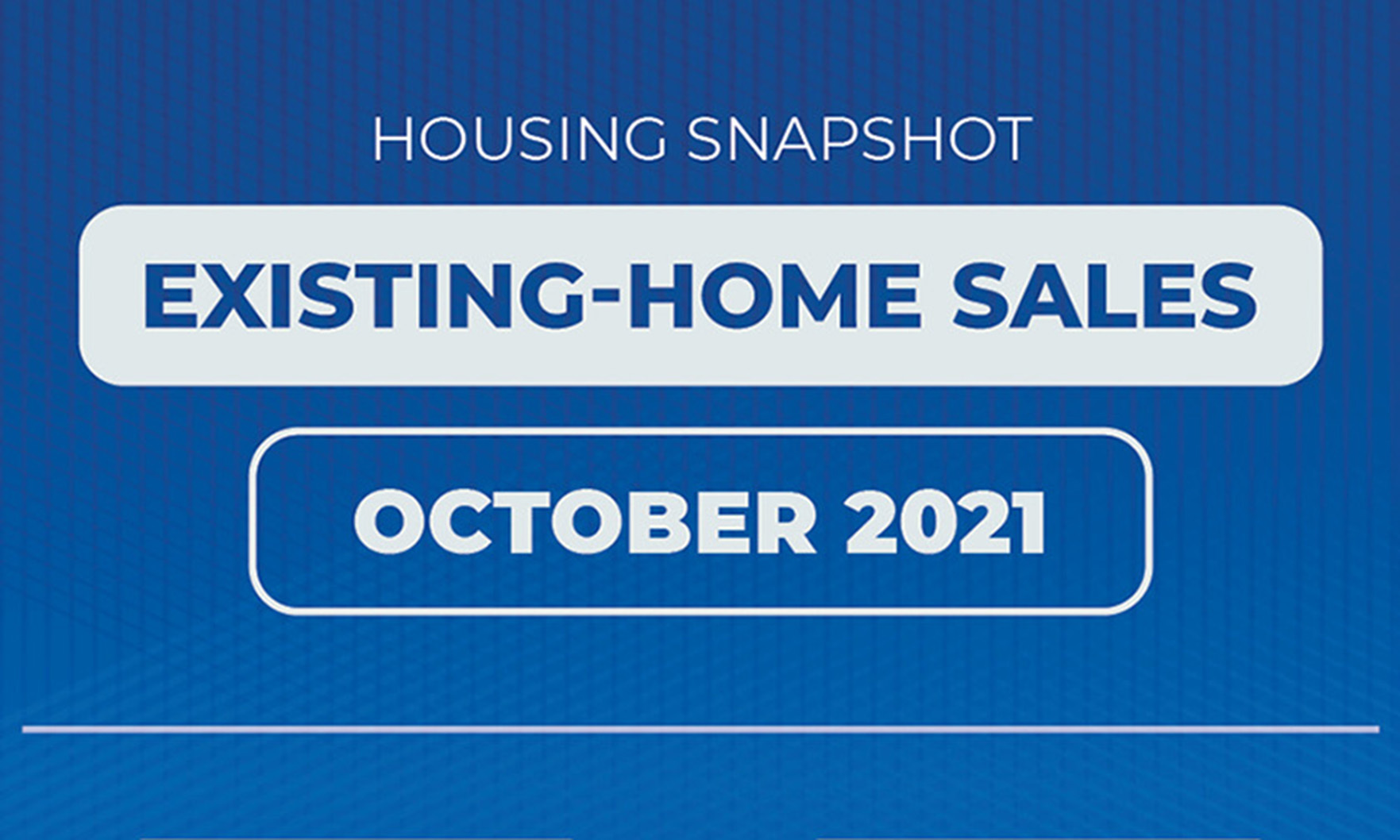
The U.S. housing market kept firing on all cylinders, as the demand for residential real estate drove prices higher for the 116th month in a row, marking the longest streak on record.

Among the 51 metro areas surveyed in October, closed transactions were down 6.4% from September, nearly twice the average pre-pandemic decline of 3.3% between 2015 and 2019, RE/MAX said, citing its National Housing Report.

November’s reading of 83 was up three points from October, driven by low existing inventories and strong buyer demand, the National Association of Home Builders reported, citing the latest NAHB/Wells Fargo Housing Market Index.

Housing observers noted that demand for housing remains robust despite the lack of new supply.

Among those who chose to leave Illinois, we wonder: where are they moving to? Stacker has released a detailed list, based on the info from the U.S. Census Bureau.